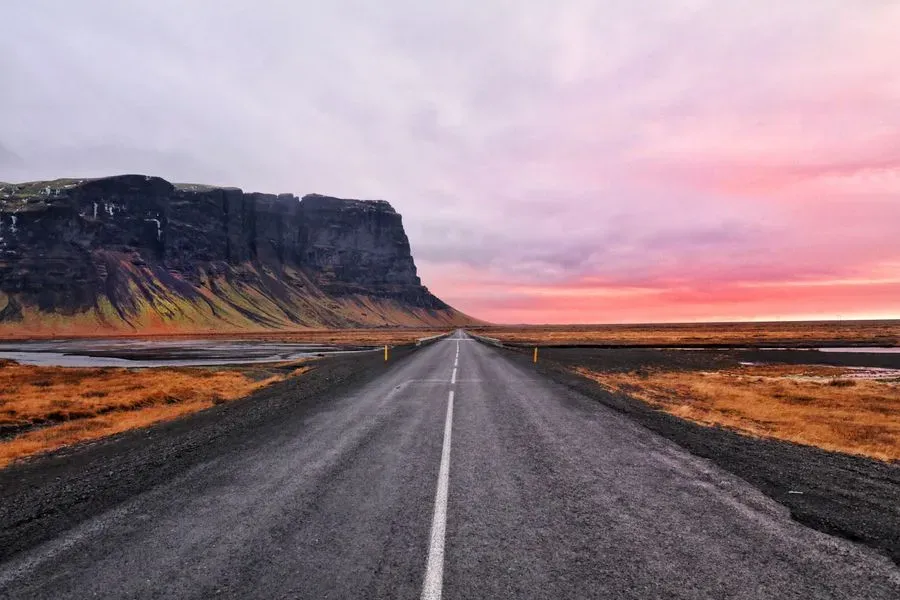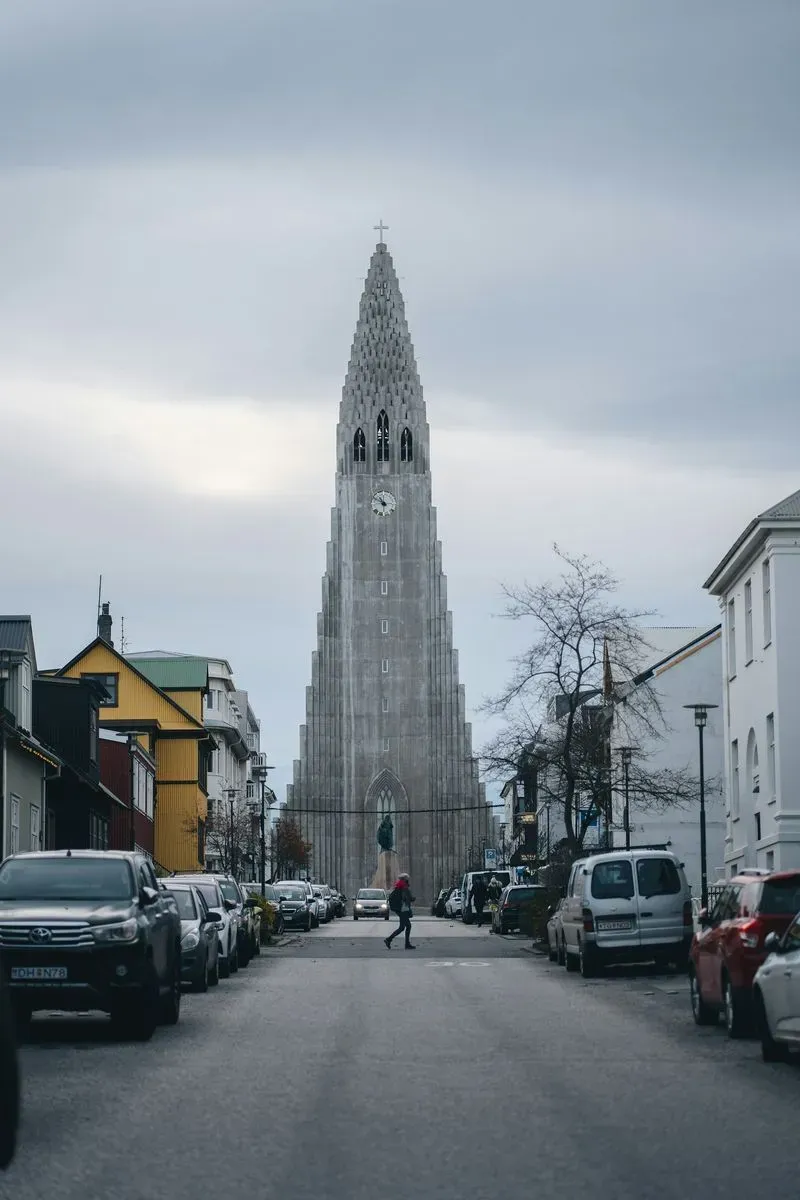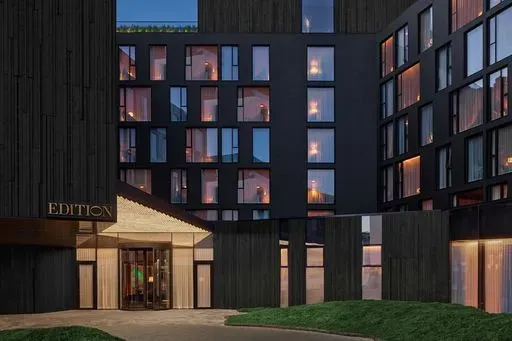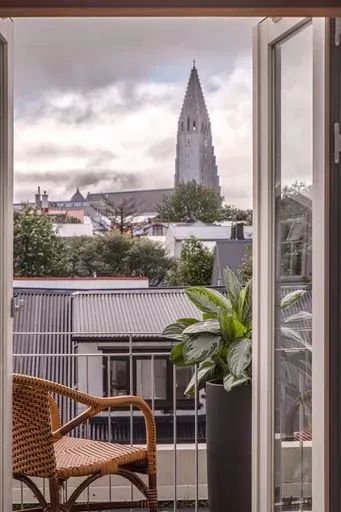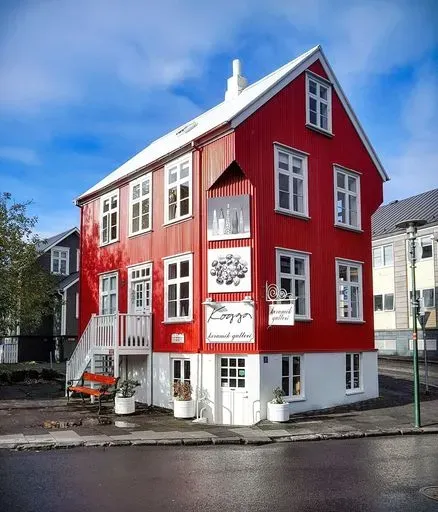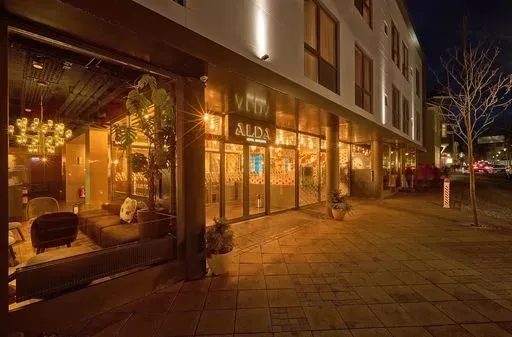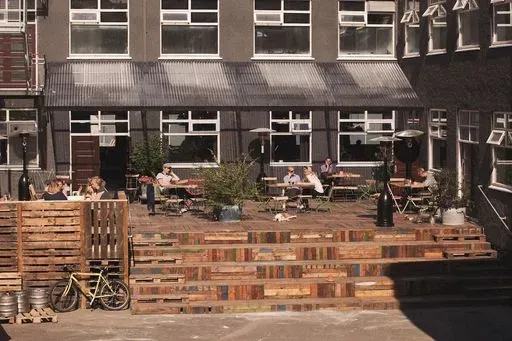Create a Fyno account
to save your Iceland trip
By continuing you agree to our Terms of Service and Privacy Policy.
Available for your dates
Likely sold out
Northern Lights
Compare prices:
- Name: Midnight Adventure from Reykjavík,
Tour duration: 2h
Tour price: from $0
Highlights Phenomenon
Phenomenon Epic views
Epic views Northern lights
Northern lights Volcanoes
Volcanoes Mountain lakes
Mountain lakes Stargazing
Stargazing
Word from curator
Roman
Iceland expert
30+ destinations visited
18 curated trips
The Northern Lights, or Aurora Borealis, are a breathtaking natural phenomenon, particularly during the darker winter months from September to April. Iceland's unique geography and low light pollution make it one of the best places in the world to witness it.
These stunning lights are caused by the interaction between charged particles from the sun and the Earth's magnetic field, resulting in vibrant displays of green, pink, purple, and even red hues dancing across the night sky.

